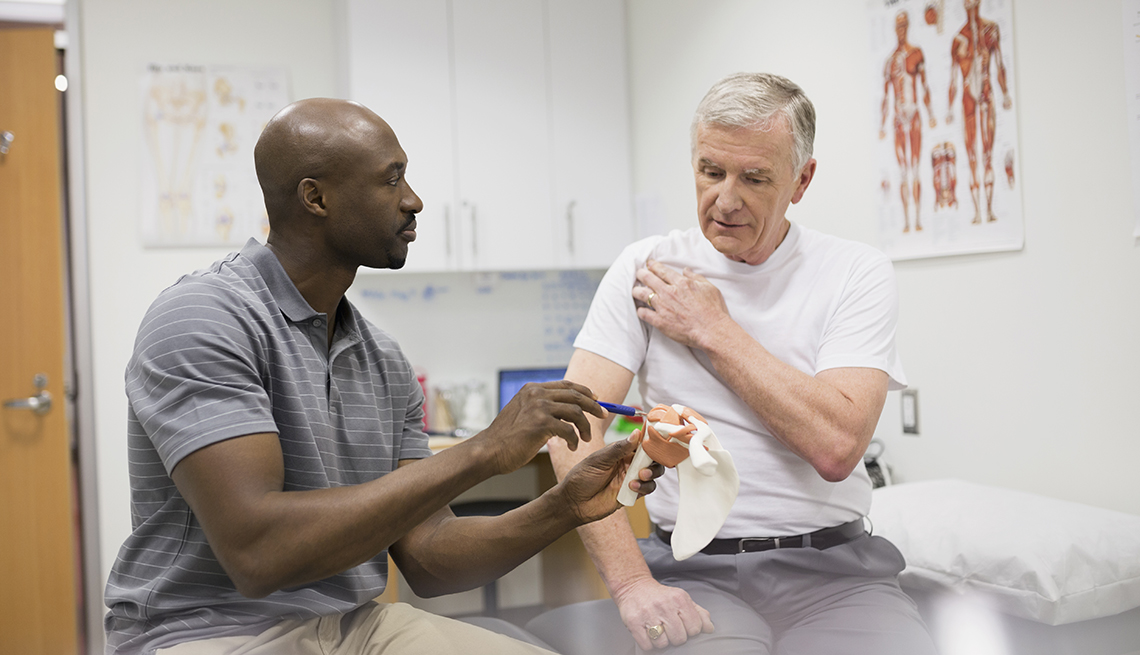Empowering Healing Via Cardiopulmonary Physiotherapeutic Therapy during the Process of Post-Surgical Rehabilitation
Empowering Healing Via Cardiopulmonary Physiotherapeutic Therapy during the Process of Post-Surgical Rehabilitation
Blog Article
Cardiopulmonary physiotherapeutic therapy plays a crucial role in helping individuals heal following surgical procedures, particularly for those who have experienced operations affecting the cardiac system and pulmonary system. Healing from an operation can be a difficult journey, frequently accompanied by pain, fatigue, and limited movement. Yet, with the appropriate strategy and assistance, patients can regain their strength and improve their overall health. This type of treatment concentrates on improving the performance of the cardiac system and lungs, which is essential for a successful healing.
One of the primary objectives of cardiopulmonary physical treatment is to enhance heart and lung endurance. Following surgery, individuals may experience decreased endurance, making everyday activities feel more exhausting. Through a meticulously structured fitness program, therapists guide individuals in gradually boosting their physical activity levels. This may include activities such as ambulating, bicycling, or targeted breathing exercises. These activities not only aid build power but also boost respiratory capacity, which is vital for ensuring that the body gains enough air.
Additionally, cardiopulmonary physical therapy highlights the significance of respiratory methods. Many surgical patients may find it difficult with full respiration due to pain or limited movement. Physical therapists teach individuals how to perform deep breathing activities, which can facilitate expand the lungs and eliminate any mucus that may have built up during the recovery process. Appropriate breathing techniques are crucial to avoid complications such as pneumonia, which can occur if the lungs are not operating effectively. By focusing on these techniques, individuals can enhance their healing and overall lung health.
Another critical element of this type of treatment is instruction. Therapists provide valuable insight about the recovery journey, including what patients can expect during recovery. They clarify how to identify warning signs that may indicate complications, helping patients feel more in charge of their well-being. navigate to this site Comprehending the role of physical activity in healing allows patients to take an active part in their healing process. This enablement is crucial for building confidence and promoting a positive perspective during healing.
In summary, cardio-pulmonary physical therapy is an essential aspect of post-operative rehabilitation for individuals experiencing heart and lung procedures. By focusing on improving cardiovascular endurance, teaching breathing methods, and offering education, physical therapists enable individuals to assume control of their healing. This specialized treatment not only aids in physical healing but also supports emotional well-being, making the process of healing smoother and more manageable. With the appropriate assistance and direction, individuals can effectively restore their vitality and go back to their regular activities.